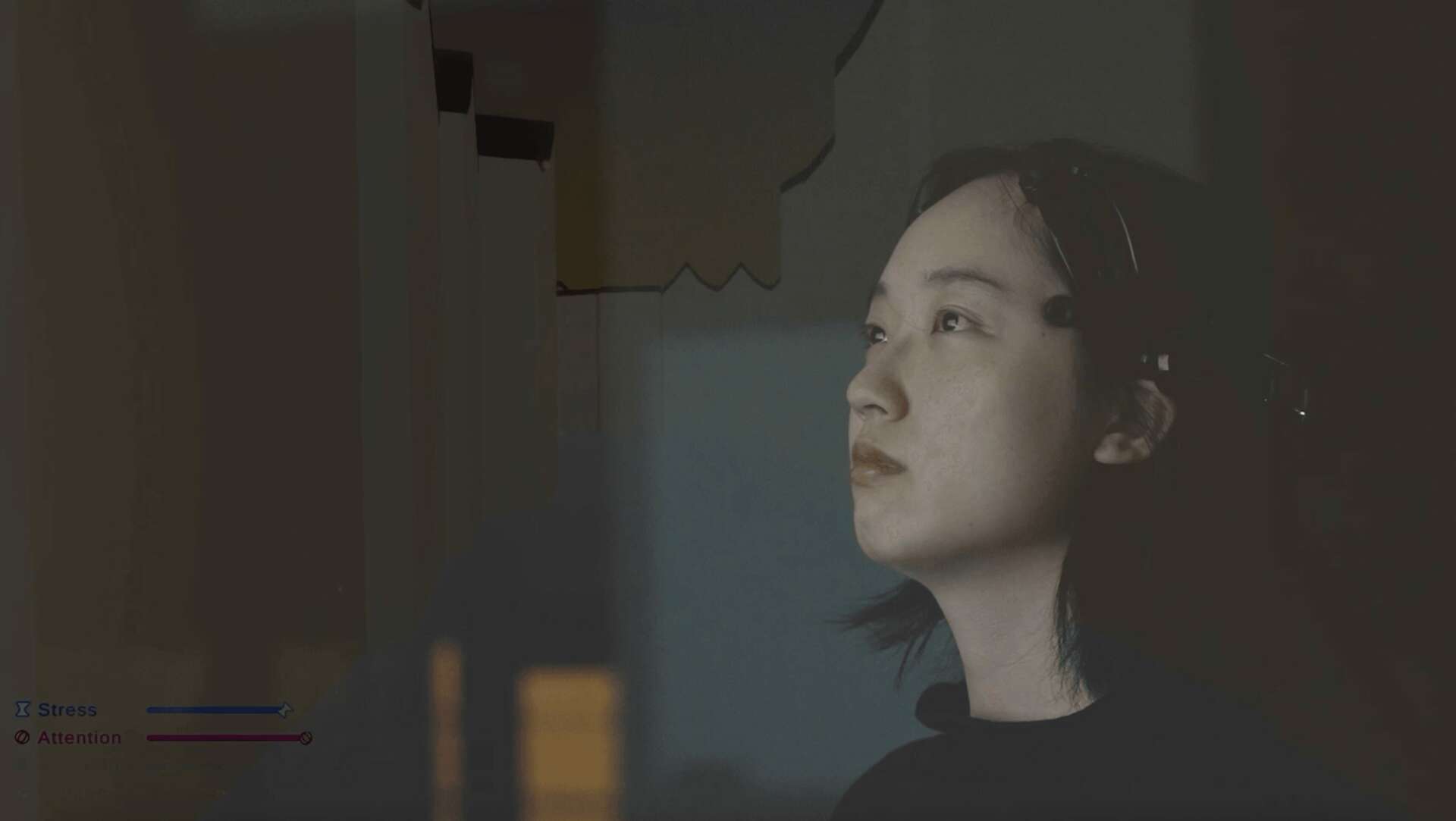We recently connected with Heidi Minghao He and have shared our conversation below.
Hi Heidi Minghao, thanks for joining us today. Did you always know you wanted to pursue a creative or artistic career? When did you first know?
Choosing the path of tech art is not easy. It is a challenging yet exciting journey, especially as a foreigner sustaining a living in a foreign country. It takes extra courage to fully commit to a professional career marked by instability and improvisation. There wasn’t a single epiphany moment, like Newton’s apple, that made me decide to pursue this path. Instead, it was a process of trial and error, gradually accumulating my experience and skills. Looking back, I suddenly realized that I was already on this path.
The artistic path wasn’t a lightning strike; it was a winding road. In my early 20s, I tested the waters with an advertising internship. Two of my pieces were sold during an exhibition at the Colby College Museum of Art. Yet, a nagging doubt lingered—could I truly commit to a creative career, especially as a foreigner in a foreign land?
Fast forward to 2020. While my peers secured good salaries from tech gaints, I focused on creating artworks and installations with a goal: the Backslash Art fellowship. The careful planning paid off—I landed the fellowship, a full-time, paid gig to create art.
This immersive experience solidified my path. Two years later, working as a creative technologist, some students reached out to me for career advice. That was the moment I realized my confidence stemmed not from a single moment, but from the culmination of every decision and step. Every piece of artwork I made, every poetic code I wrote—they were all stepping stones on this incredible journey in tech art.


Heidi Minghao, love having you share your insights with us. Before we ask you more questions, maybe you can take a moment to introduce yourself to our readers who might have missed our earlier conversations?
As a Creative Technologist, I’ve been delving into the intersection between tech and art for 8 years. I’ve crafted a concentric narrative film using cutting-edge computer vision, created beautiful virtual hui-style buildings that respond to one’s emotions in real-time, and built permanent installations across the globe. Central to my approach is poetic computation, infusing my creations with depth and lyricism.
In one of my works, I cut pieces of my codes, sinking them into a canvas layered with wax, presenting a touchable painting of an unrevealed world. My tech skills are clearly impressive, but they’re the background music, not the center stage. I use technology to put the audience and my artistic message front and center.

What’s the most rewarding aspect of being a creative in your experience?
Creativity has accompanied me through life’s many stages, through peaks and valleys, moments of loss and discovery. It has been a gentle friend, soothing me through the toughest nights. In my early 20s, I would escape to my painting studio at midnight, losing myself in my artwork. I often used a semi-transparent layer to symbolize a hidden presence. “Was I drowning, or had the memory floated up to the surface?” I once pondered in an artist statement.
As the years passed and my soul grew stronger, I shifted my focus to crafting tools and mediums that empower others to find and express themselves. In my work “The Breathing Walls,” I harness an EEG headset to detect emotions through brainwaves, reflecting those feelings within an architectural environment. When calm, snow gently petals on the roof; when excited, spiritual lights burst into a celestial display. Some audiences engage quietly, sinking into deep self-reflection, while others play with friends, provoking each other’s emotions. Watching their expressions, excitement, and enlightenment is profoundly rewarding.
Creative work has always been an intrinsic part of me. It’s a journey of self-encouragement and positive feedback, preserving and nurturing the parts of me that were once neglected or suppressed. It preserves the whole of me.


Are there any books, videos or other content that you feel have meaningfully impacted your thinking?
Are there resources that have shaped my approach to management and artistic creation? Definitely! But one concept stands out: the Minimum Viable Product (MVP). I love the article “Making Sense of MVP (Minimum Viable Product)” by Henrik Kniberg.
The core idea of MVP is brilliant: instead of aiming to build a whole car from wheels, skeleton, and roof, start with something much simpler – a skateboard, then a bicycle, then a motorcycle – and gradually refine it. This iterative approach has become a cornerstone of my creative process.
This concept of MVP works in every aspect of life. It is particularly helpful for tackling hard problems, such as career paths and creating large-scale artwork. By breaking down complex goals into manageable steps, I can maintain momentum and achieve progress incrementally. This approach not only reduces the overwhelm often associated with large projects but also fosters continuous learning and adaptation. It encourages experimentation and resilience, providing a structured yet flexible framework for enhancing creativity and problem-solving.
Contact Info:
- Website: https://www.heidihe.com


Image Credits
tiktok and google images credits to Deeplocal


